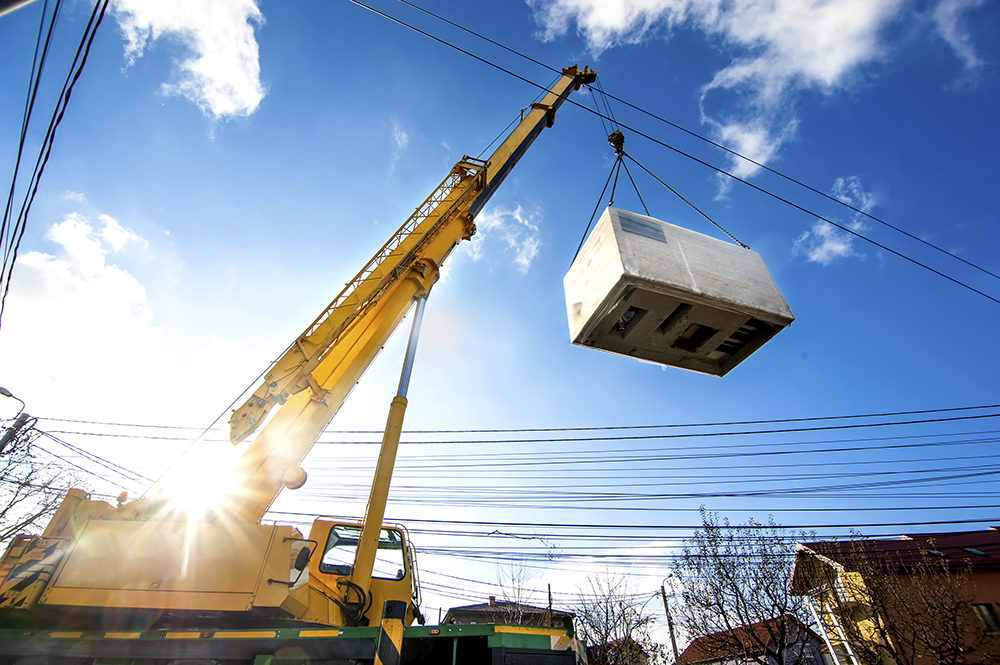4 Reasons You Can't Maintain your Mobility
“I stretch every day before bed but I never seem to get any more flexible?”
Sound familiar?
Here we’ll go into some other things you probably aren’t considering much in your flexibility/mobility routine - but they may have a bigger impact than you might think!
We’ll be using the terms flexibility and mobility interchangeably, as they are often both used to simply refer to how much your muscles, tendons, joints and nerves allow you to stretch and move freely.
1. You're only moving for 1 hour out of 24.
Possibly the most important one that we don't consider enough. Your body will adapt to what is continuously demanded of it. If the majority of your day involves being in one position - sitting at your desk or in an Uber, or standing at a checkout or reception desk, your body will change to allow you to do these things well. In this example, most likely tightening up the muscles that help to hold you in these positions like your hip flexors and glutes!
If you really want your 30min/day mobility gains to stick, you need to put your body in those positions as often as possible or it won't bother to maintain them. Things like an interchangeable sit/stand desk and taking regular breaks to move or walk can help. If your work makes this difficult you'll need to make sure that every chance you get to move or put your body in different positions outside of work is used.
2. You have nervous nerves.
Your nervous system (Including the brain, spinal cord, and peripheral nerves) is what allows your joints and body to move - it also serves as a protective mechanism by preventing movement if it senses that what you are doing is unsafe or risks causing you injury. In terms of mobility and range of motion - there is a threshold of when your nervous system starts to sense something as "risky" and it subsequently tries to protect you by doing things like tightening up the muscles so you don't move any further, or perceiving a movement as uncomfortable or painful so you stop the action.
Your nervous system can begin to reign you in earlier (i.e. lower the threshold) when it is sensitised or feels out of control - things like overloading in training with back to back difficult, heavy or repetitive sessions without adequate recovery time can cause neural sensitivity or pain. Think of that feeling in your hamstrings/lower back when you try to touch your toes after a heavy deadlift session.
Image: firepowerteams.com
By foam rolling an already overly sensitive structure, or trying to "stretch through the pain", all you are doing is playing tug of war with your own neural system and adding to the sensitivity.
One of the ways you can avoid excessive sensitivity is by discussing optimal training loads and recovery times with your instructor, coach or Physiotherapist.
3. You're not in control.
Uncontrolled or unstable movements can also stress out your nerves to the point they revoke your movement privileges. Your nervous system will allow movement in joints when it feels there is enough stability further up the chain to make that movement safe. For example hamstring "tightness" can often be caused by poor lower back and pelvic control and similarly poor shoulder range of movement can be caused by poor scapular stability.
Image: angliahandling.co.uk
Imagine a crane trying to raise a heavy cement block to the top of a building when its base has not been properly secured and stabilised. It would most likely reach a point where the torque would topple it over. In the case of the human body our sensory system aims to stop us before this point of fail.
By working on your proximal control and stability (joints closer to your midline), you can improve the achievable range of movement in the joints further away. This is a principle that is used often in disciplines like Pilates and Yoga, as well as the bracing techniques taught in weightlifting.
4. You're not cementing movements.
Image: kingofthegym.com
So you've done all the right things - kept moving throughout the day, ensured your loading and recovery is correct, stabilised proximally to the joint you're working on, and have spent hours doing all the cutting edge stretches and mobility exercises you can find. Yet you are still pulling up a couple of days later feeling just as stiff?
The last point to consider is cementing. If you are not strengthening and training into this new range of movement soon after, your body isn't going to bother maintaining it. For mobility routines I generally encourage the steps of active mobilisation, specific strengthening and then application into your training; the cement!
By being strong into the new range you will be able to use the movement as you are able to move into it actively under load during your training. You will also calm the nervous nerves by showing them that you are in control of this new range and are therefore not at risk of any injuries.
In closing remember that improving mobility is a long process and your body needs time to change and adapt to new movements and exercises (weeks to years!). So as cliché as it might sound, patience and commitment to the process is what will allow you to reach those goals in the end.
Please get in touch if you need advice that is specific to you.
Formotion Physio is a boutique Physiotherapy practice based in West Perth & Osborne Park, Western Australia
Lucia Tennant
Physiotherapist and Founder of Formotion Physio
BSc Physiotherapy




